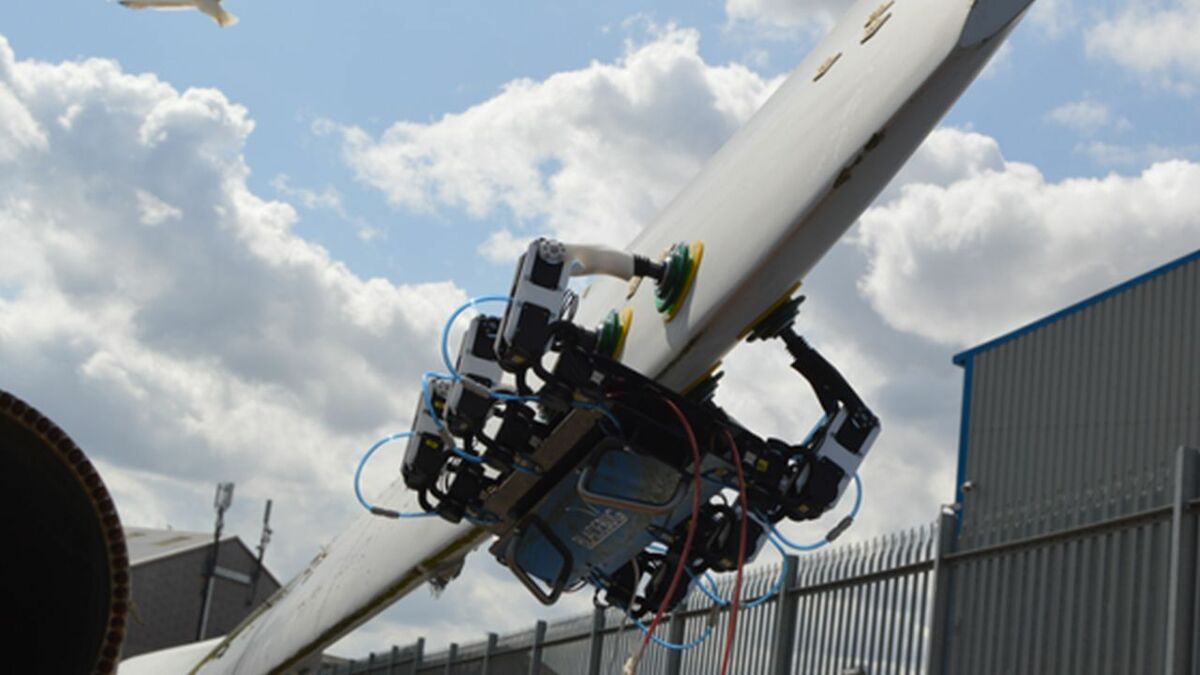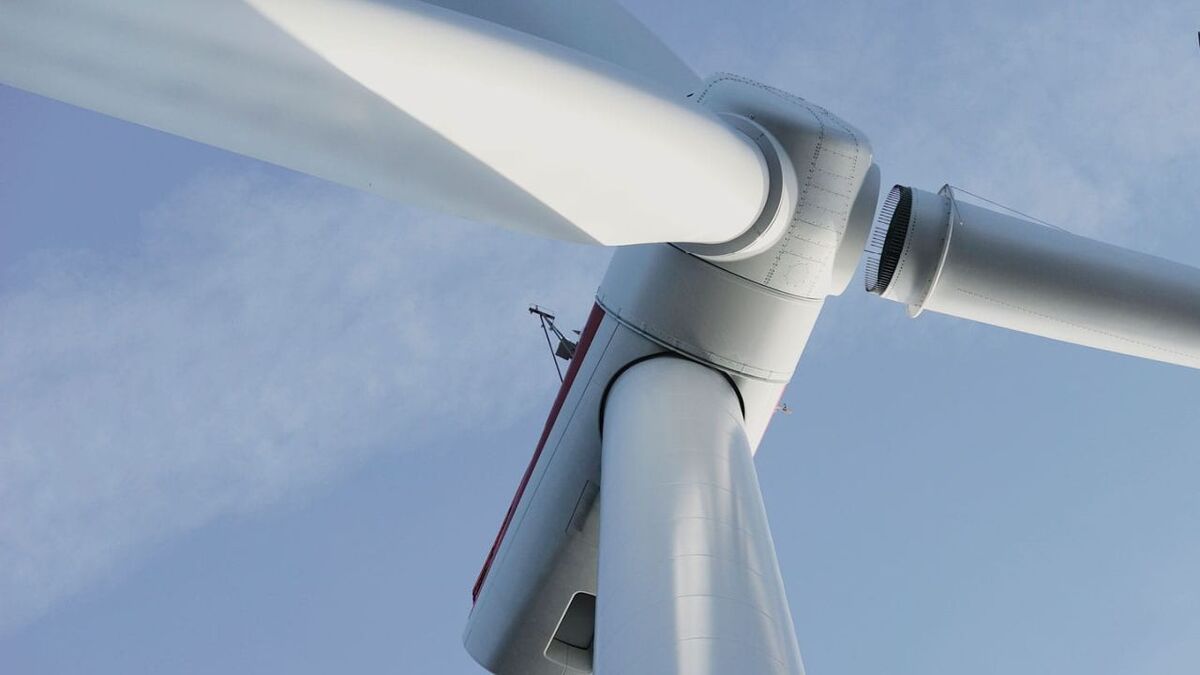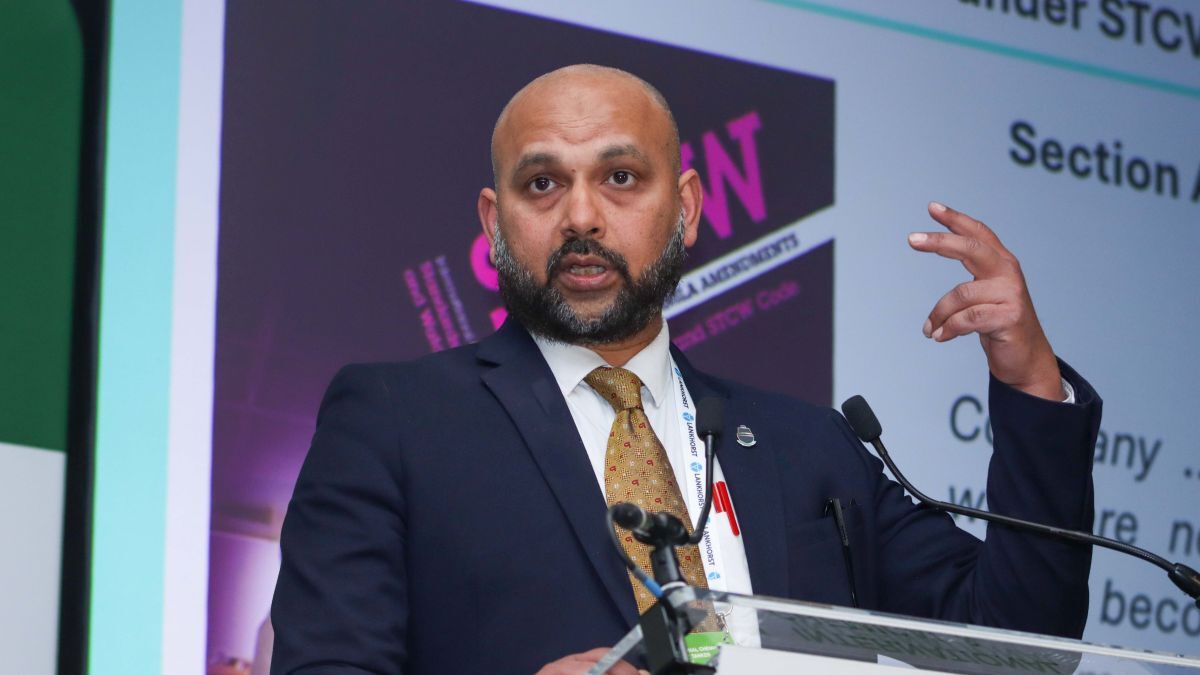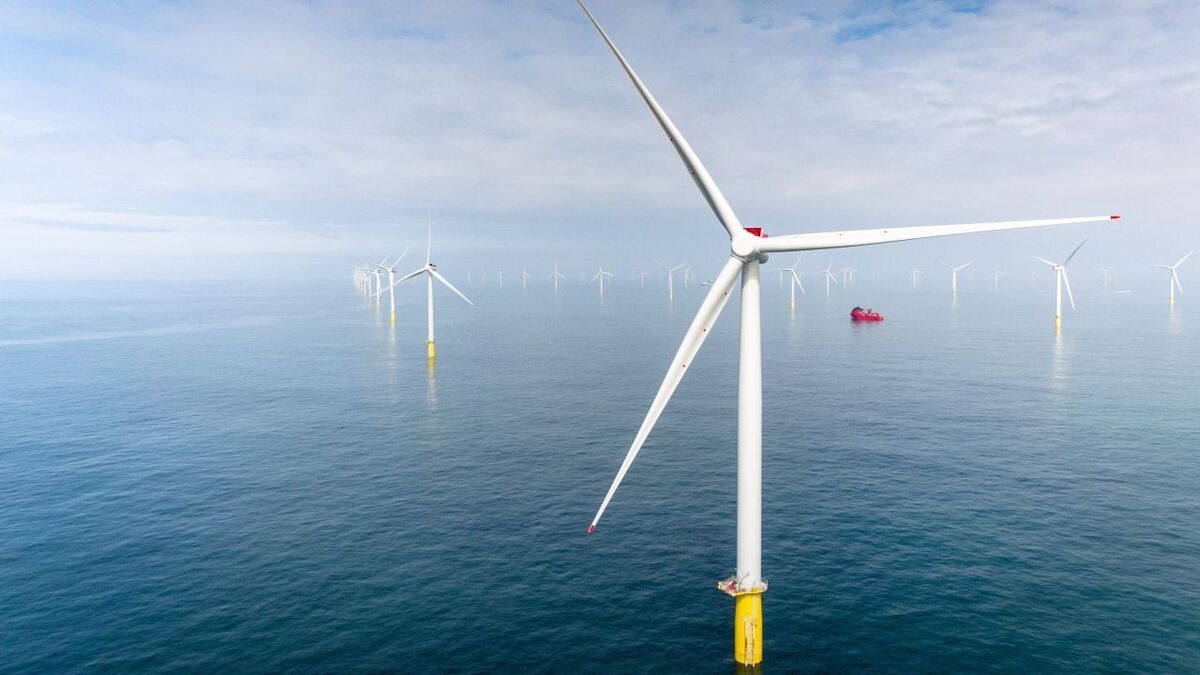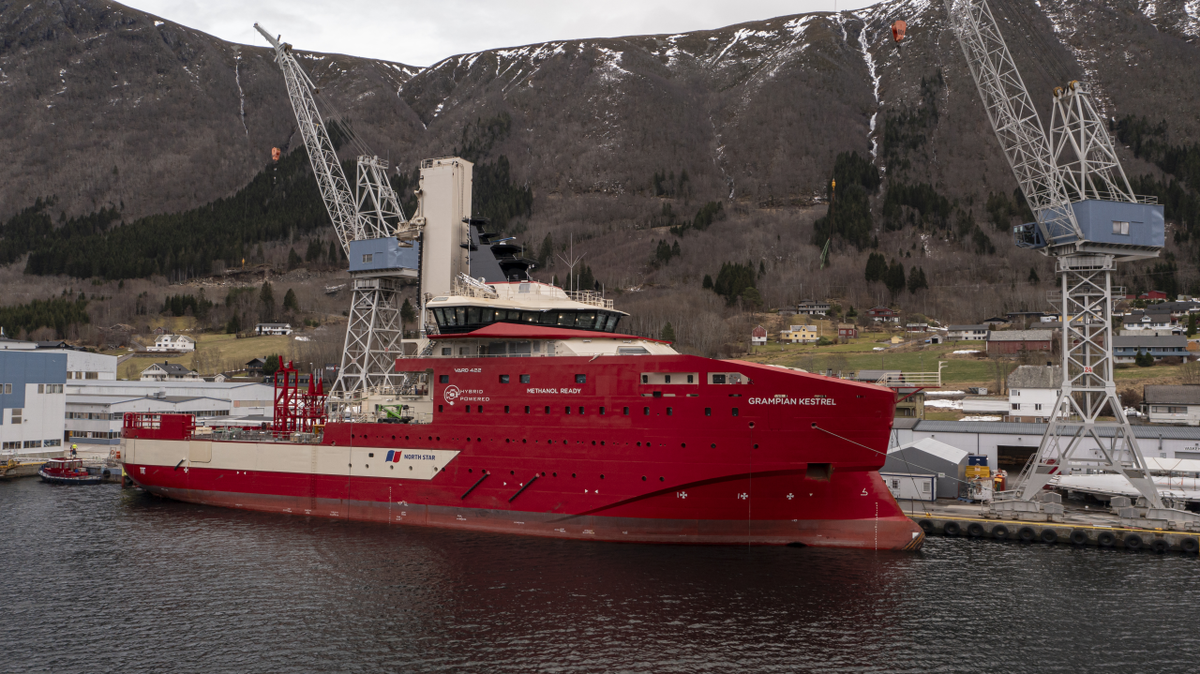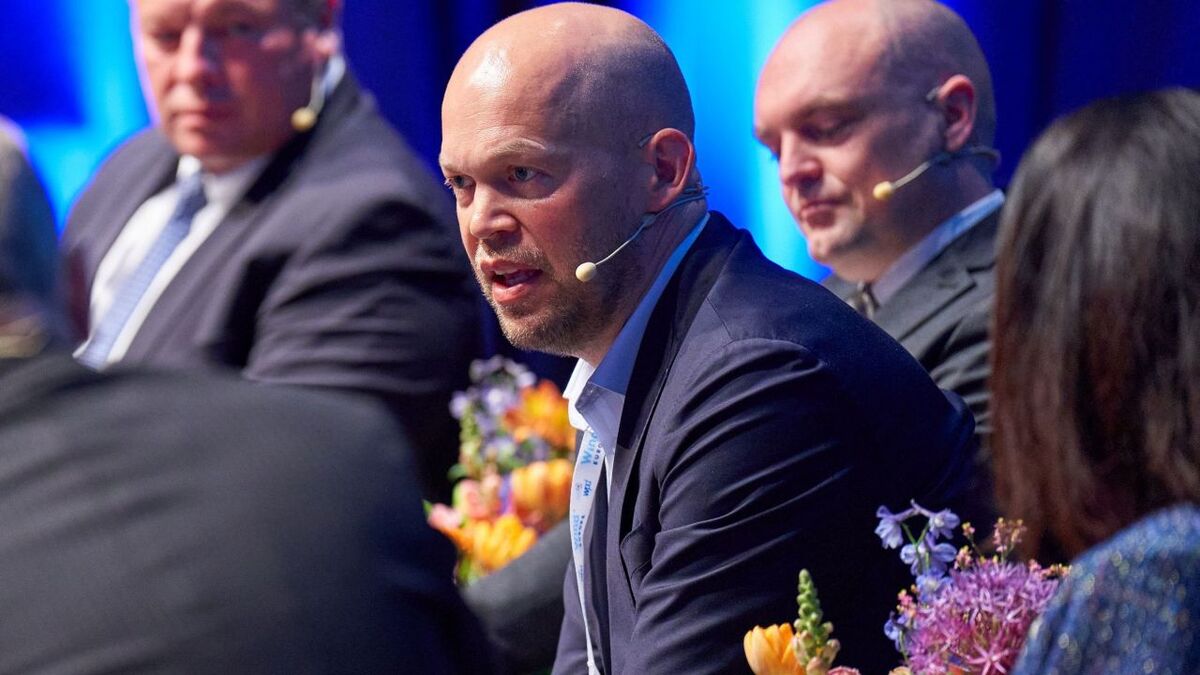Business Sectors
Events
Contents
Inspect-and-repair robot beats path up and down blades
The latest round of testing of the BladeBUG inspect-and-repair robot for offshore wind turbine blades has concluded at the Offshore Renewable Energy (ORE) Catapult’s National Renewable Energy Centre in Blyth in the UK
The six-legged blade crawler reached a major milestone in development under a £1.0M (US$1.2M) project – BladeBUG 2 – which is partly funded by Innovate UK, enabling technical integration to begin with the MIMRee system for fully autonomous windfarm operations.
During the trials in early March 2020, the lightweight robot walked on blade surfaces, proving the stability of its vacuum adhesion technology and its dexterity in adapting its gait to the varying curves of the blades.
Ancillary tethers, which would allow the robot to operate for extended periods offshore and enable rapid deployment to and from blades, were proven.
With these capabilities now firmly under its belt, BladeBUG will begin integration into the MIMRee (Multi-Platform Inspection Maintenance and Repair in Extreme Environments) project, where it will operate alongside other robotic and autonomous systems.
MIMRee is a £4.2M consortium project led by Plant Integrity that is developing fully autonomous inspection and repair missions to offshore windfarms.
An autonomous vessel will act as a launch platform, deploying teams of drones and BladeBUG robots to inspect, test and repair blade surfaces.
During the project, BladeBUG will be integrated with a robotic repair arm for resurfacing damaged blades. The repair arm was developed by the Royal College of Art’s Robotic Laboratory. It will also be integrated with Wootzano’s novel ‘electronic skin’ for the blade crawler’s feet that allows it to sense the quality of attachment to blade surfaces.
The robotic will also be integrated with a human-machine interface developed by Professor Sara Bernardini of Royal Holloway University of London; a novel inspection drone developed by the universities of Bristol and Manchester; the Thales Halycon autonomous vessel; and a non-destructive testing payload developed by Plant Integrity.
ORE Catapult operational performance director Chris Hill said, “Technologies like BladeBUG, which reduce manual working at offshore windfarms, are an essential ingredient for the expansion of renewable energy.
“Inspection and maintenance of wind turbines at sea are mammoth tasks for technicians, who manually test and repair tens of millions of bolts, thousands of blade surfaces at significant heights above sea level, or as part of the foundations or cables at the seabed. This work is conducted in challenging conditions, subject to delays and downtime.
“The BladeBUG concept recognises there is a safer, more cost-effective and efficient way of working. If advanced robotics can take on some manual tasks offshore, we can move our future jobs towards more data-driven, remote supervision onshore – expertise that will be in high demand in the future global economy.”
With this expanding vision for the robot, BladeBUG has also won a place on ORE Catapult’s National Launch Academy initiative, a technology accelerator programme for the offshore wind industry, focusing on near to market solutions. The BladeBUG team has also grown from one to six full-time employees.
BladeBUG founder Chris Cieslak said, “The BladeBUG has moved at a fast pace since our first conversations around the concept with ORE Catapult back in 2015.
“Our latest developments are informed by observers from several global wind industry operators. Their feedback on requirements and regulatory issues is crucial in getting our product to the commercialisation stage.
“Working with ORE Catapult’s National Launch Academy for SMEs entering the offshore renewables arena is helping us translate our technological achievements into a marketable product.”
Related to this Story
Events
Maritime Environmental Protection Webinar Week
The illusion of safety: what we're getting wrong about crews, tech, and fatigue
Responsible Ship Recycling Forum 2025
© 2024 Riviera Maritime Media Ltd.


